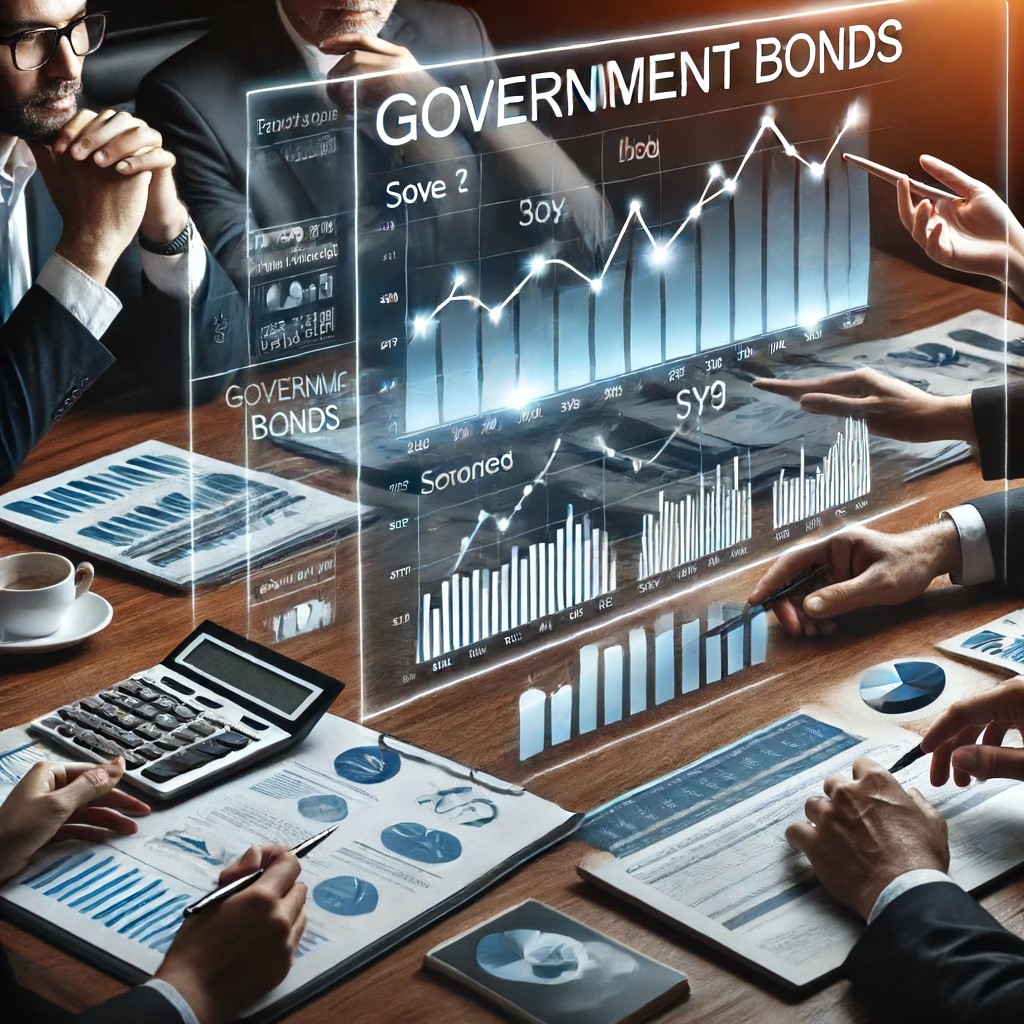Market volatility, characterized by rapid and significant price movements, can be a source of concern for investors. However, with a proper understanding and strategic approach, volatility can also present unique opportunities for capital growth. This article explores the dynamics of market volatility, its driving factors, and strategies to capitalize on these turbulent market conditions.

What is Market Volatility?
Market volatility refers to the fluctuation in prices of securities within the financial markets over a short period. It is often measured by the standard deviation of returns or by the Volatility Index (VIX), commonly known as the "fear index," which gauges the market's expectation of volatility in the near future.
Current Trends in Market Volatility
1. Increased Fluctuations Due to Global Events: Recent years have seen heightened volatility due to various global events such as geopolitical tensions, pandemics, and economic crises. These events disrupt normal market operations and investor behavior, leading to increased price fluctuations.
2. The Impact of Monetary Policies: Changes in interest rates and other monetary policies by central banks significantly influence market volatility. For example, announcements of rate cuts or hikes can cause immediate market reactions, affecting the volatility across various asset classes.

Understanding the Causes of Volatility
To capitalize on market volatility, it is crucial to understand its root causes. Volatility can stem from:
Economic Releases: Data such as employment rates, inflation, and consumer spending can significantly impact market sentiment and lead to volatility.
Corporate Performance: Earnings reports, mergers and acquisitions, or changes in leadership can drive significant price changes in individual securities and sectors.
Global Events: Geopolitical issues, economic sanctions, and global health crises are typical events that can trigger market volatility.
Strategies to Capitalize on Volatility

1. Diversification: One of the classic strategies to manage and capitalize on volatility is diversification. By spreading investments across different asset classes, sectors, and geographies, investors can reduce risk and mitigate the impact of significant price movements in any single investment.
2. Options Trading: Sophisticated investors might use options to hedge against volatility or to speculate. Options can provide strategic benefits, such as the ability to leverage positions and limit downside risk.
3. Volatility Index (VIX) Trading: Trading on the VIX allows investors to make profits based on their predictions of future market volatility. By understanding the VIX and its derivatives, investors can position themselves to profit from volatility rather than suffer from it.
Future Predictions
Looking ahead, market volatility is expected to remain a significant feature of the global financial landscape, driven by ongoing economic uncertainties, technological advancements, and changing market dynamics. Investors who are well-versed in the mechanisms of market volatility and equipped with robust risk management strategies will be better positioned to capitalize on these fluctuations.
Conclusion
While market volatility can be challenging, it also provides informed investors with opportunities to enhance returns. Understanding the underlying causes and employing effective strategies can help investors not only navigate but also benefit from market volatility, turning potential threats into profitable ventures.





